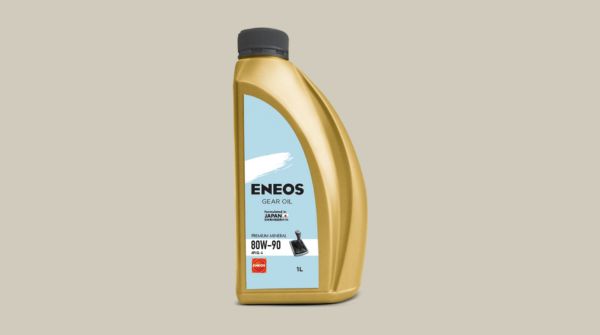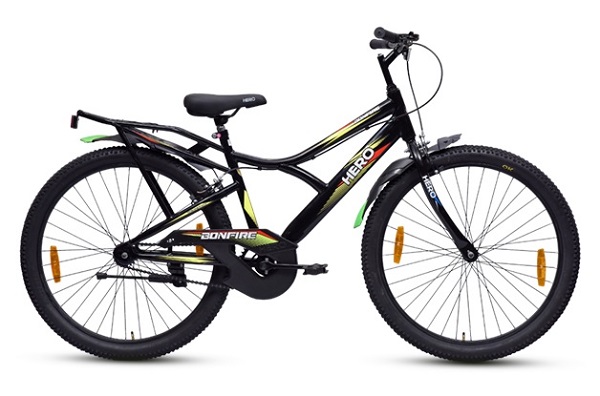How Machines Survive Heavy Loads Without Breaking Down

Do you work with heavy-duty machines every day? Does your machine also encounter immense pressure while lifting, moving, and crushing tons of weight? Well, it is quite common. But the question is, how do these machines constantly deliver without breaking down? The answer is simple: A blend of engineering strength, material science, and precision design. For a better understanding of how these machines stay reliable and perform efficiently for years, continue to read this blog. After all, the secret lies in the smart innovation and not in size.
- High-End Material Strength and Composition.
The materials used in the construction of a machine are the first line of defense of the machine. Metals and alloys are chosen by engineers that can withstand high tension, compression, and fatigue. An example is steel alloys that include chromium, nickel, or molybdenum, as these provide high tensile strength, wear, and corrosion resistance.
The machine’s survivability to heavy loads has also been revolutionised by composite materials. Composites such as carbon fibre have been shown to be lightweight yet very stiff and can be used in aircraft parts and equipment that require travel at high speeds. Besides this, heat treatments and surface hardening processes make metal components stronger and therefore capable of withstanding repetitive stress without cracking.
- Intelligent Structural Design and Load Distribution
Even the most powerful material may fail in case the load is not evenly distributed. This is the reason why design is a major consideration in the stress resistance of machines. Finite element analysis (FEA) is a method used by engineers to model the action of forces on various components of a structure. This assists in defining the possible weak points and evenly distributes the weight and pressure.
Indicatively, triangular or truss design applies in bridges, cranes, and heavy-duty industrial machines to direct the load over several points of support effectively. In the same manner, curved surfaces and strengthened joints in the automotive and aerospace design business minimize the concentration of stress in a single direction. With a well-thought-out structure optimisation, machines are able to withstand the highest pressure and preserve balance and integrity.
- Effective Lubrication and Friction
The largest mechanical system enemy? Yes, it is friction. It creates heat when two surfaces slide against each other, causing wear or even failure of the machine. The solution? Lubrication forms a film between the moving components and allows a smooth movement, while generating less heat.
Thinking about synthetic lubricants or gear oil? Designed to tolerate high temperatures and pressure; ideal for modern machines. Automated lubrication systems? They make sure that important components, such as bearings, gears, and pistons, are constantly fed with oil or grease. Lubrication ensures that machines move smoothly and can endure heavy loads over long durations without collapses by maintaining the friction rate.
- Accuracy in Engineering and Tolerances
Mechanical endurance is about precision. The smaller the tolerances (the deviation that is acceptable in measurements), the better the parts fit and work with each other. High-precision engineering means that after the machine has been put into a heavy load condition, its components do not rub, misalign, or deform.
As an instance, a microscopic misalignment in turbines or engines may lead to vibrations that destroy the whole unit. The new machining technology, like CNC (Computer Numerical Control), enables the engineers to create components with a level of accuracy within microns. Such accuracy ensures the even distribution of mechanical stresses, leading to the work of machines and preventing unnecessary load and vibration.
- Advanced Cooling and Thermal Management System.
When machines are utilized with heavy loads, they produce vast heat levels. Overheating of materials makes them weak, components expand, and may lead to a failure of the whole system. To avoid this, effective cooling systems are incorporated in machine development.
Liquid cooling, air cooling, or heat exchangers are used in engines, generators, and industrial machines to keep the temperature at optimum levels. In cases of high-performance like data centres or electric vehicles, thermal management materials, such as phase-change compounds and liquid metal cooling plates, are highly utilised by the engineers. These systems prevent thermal stress on machines and increase their lifespan by controlling temperature.
Conclusion
Machines may not be indestructible, yet the perfect blend of science, engineering, and maintenance brings them close. Every component, from bolts to bearings, is crafted for endurance. Through advanced materials, smart design, 80w90 gear oil, and predictive care, machines achieve lasting strength – proving that it is innovation and precision, not brute force, that keep them running under immense pressure.

 English
English 



